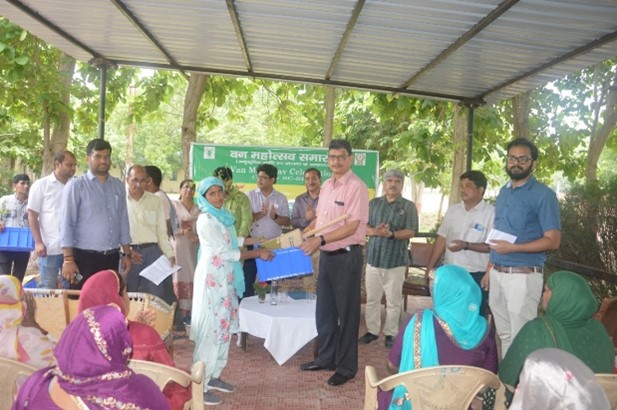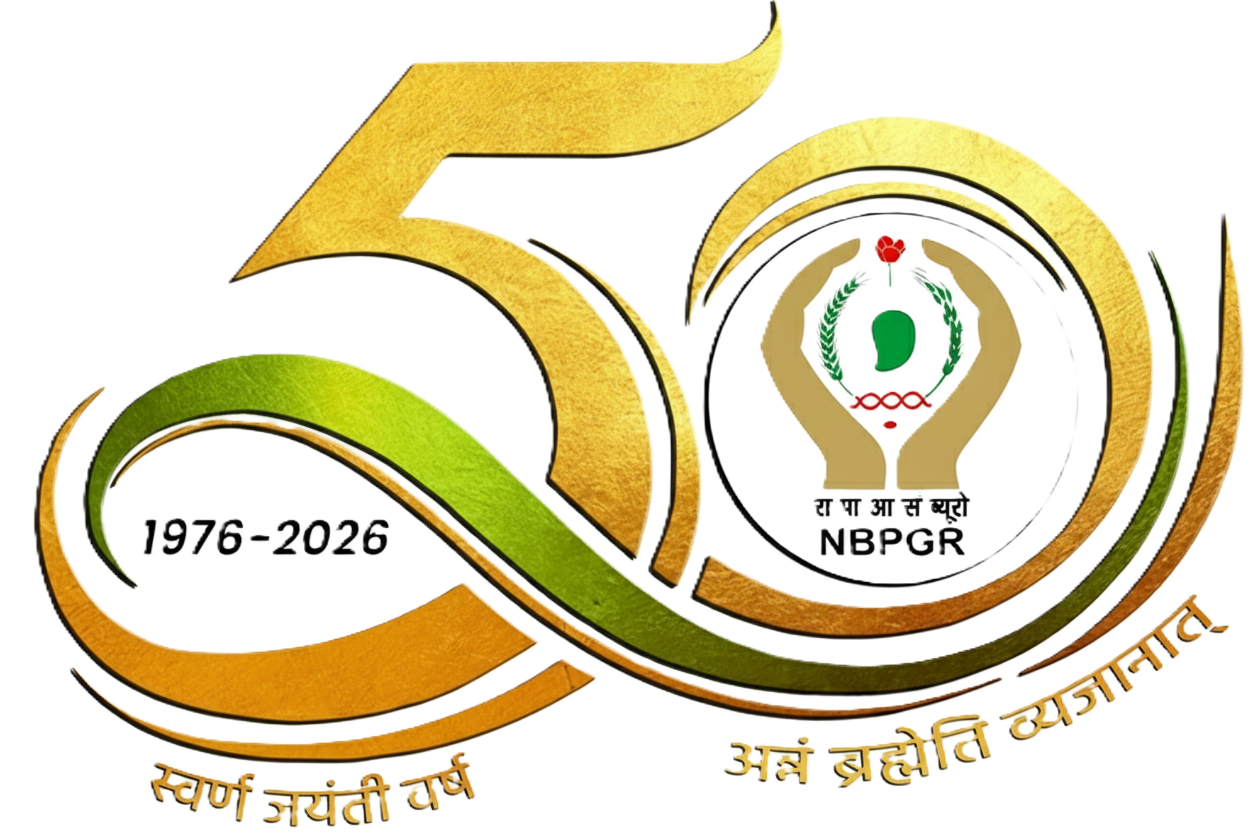Issapur Farm New Delhi
Issapur Farm, (Division of Germplasm Evaluation)

Name of Officer Incharge: Dr Badal Singh |
Genesis
ICAR-National Bureau of Plant Genetic Resources (NBPGR) owes its genesis to the vision of the Late Dr. B.P. Pal, who established a section of Plant Introduction at the Indian Agricultural Research Institute in 1954. He emphasized the utility of plant genetic resources to enhance crop productivity much ahead of his time in a classic article “The Search for New Genes” published in Agriculture and Livestock in India, way back in 1937. In 1976, NBPGR was established as an independent institute, and a bigger farm area became a necessity to carry out multiplication, characterization and evaluation of a large number of plant germplasm augmented. A 100-acre land was acquired in 1976-77 on lease for 99 years from the Gaon Sabha of the Issapur village, which is located 45 km away from the ICAR-NBPGR Headquarters in the South-west part of Delhi bordering Haryana.
Farm Infrastructure
Field Layout and facilities
- The Issapur farmland is in two patches, a 70-acre land designated as A-Block, and a 30-acre land separated by a village road named B-Block.
- All fields have irrigation facilities through four tube wells (discharge capacity of 5 to 7 L/sec).
- An automatic weather station was installed to record basic meteorological parameters.
Farm Ponds
- In A-Block, a cemented pond of 7.5 lakh liter capacity was established to store excess runoff from the farmland and canal water. This stored water is transported to B-block through an underground conduit.
- Two kacha ponds (1000 and 3000 m2) were established near the canal to harvest the extra canal water to provide supplemental irrigation and recharge groundwater.
- Although groundwater is saline in the locality, groundwater recharge through water harvesting in the ponds could substantially reduce water salinity making the water quality suitable for irrigation
Office Building
- The farm has a spacious office building with seven rooms, used for the office of the Farm Manager, Laboratory, Training Hall, Scientist’s Room, Staff Room and Room for RAs and SRFs to work.
Research Activities on Germplasm Characterization, Evaluation and Utilization
- A block is exclusively used for characterization, multiplication and evaluation of germplasm of cereals, oilseeds, pulses and perennial horticulture plants. During recent years, large-scale agro-morphological characterization and mega-evaluation of National Genebank collections of wheat (~27,000), barley (~7,000), lentil (~2,000), chickpea (2,000), Vigna spp. (10,000), pea (~3,000), rapeseed-mustard (5,000), sesame (~7,000), soybean (10,000), Barnyard millet (1888) carried out. In horticultural plants, >300 accessions of fruit plants (ber, aonla, bael, karonda, pomegranate, etc), 400 accessions of medicinal and aromatic plants (vetiver, palmarosa, ocimum, aloe, giloe, Abrus, etc.) conserved in the field.
- B-block is developed as a ‘Field Genebank for Multipurpose Trees’ of the semi-arid region.
Fruit tree germplasm at Issapur Farm Common Name Scientific Name Accessions Ber Ziziphus mauritiana 23 Bael Aegle marmelos 17 Aonla Phyllanthus emblica 11 Sahtut Morus alba and Morus laevigata 4 Lasora Cordia myxa 3 Guava Psidium guajava 24 Karonda Carissa spp. 5 Sahjan Moringa oleifera 20 Total 107
Farmer Extension/Outreach Activity
- Regular PGR awareness activities, technology demonstrations and farmer interaction meet have been undertaken at Issapur Farm. Being situated in Delhi Rural area, Issapur farm is an ideal place to organize farm extension activity. Recently various program was organized at Issapur farm on various occasions like “Van Mahotsav”, “World Food Day”, “World Soil Day” and “National Farmers Day”.
New Initiatives Chip-Based Technology for Tree Germplasm Information Management
- The Issapur farm has >100 germplasm of subtropical fruit trees established over last 40 years.
- A chip-based tree identification and data collection project entitled “Pilot the solutions of chip-based technology for real-time and RFID passive monitoring of field genebank and agroforestry species for scaling up” was initiated for existing fruit tree germplasm at Issapur Farm of ICAR-NBPGR. In a pilot study, 30 RFIDs and 50 microchips were fixed to tree germplasm at three locations for data collection in real-time.





In-Charge Experimental Station, Issapur Farm
Experimental Station, Issapur Farm
Telephone: + 91-9911634202
Badal.Singh(AT)icar.org.in; kshatriya34(AT)gmail.com

